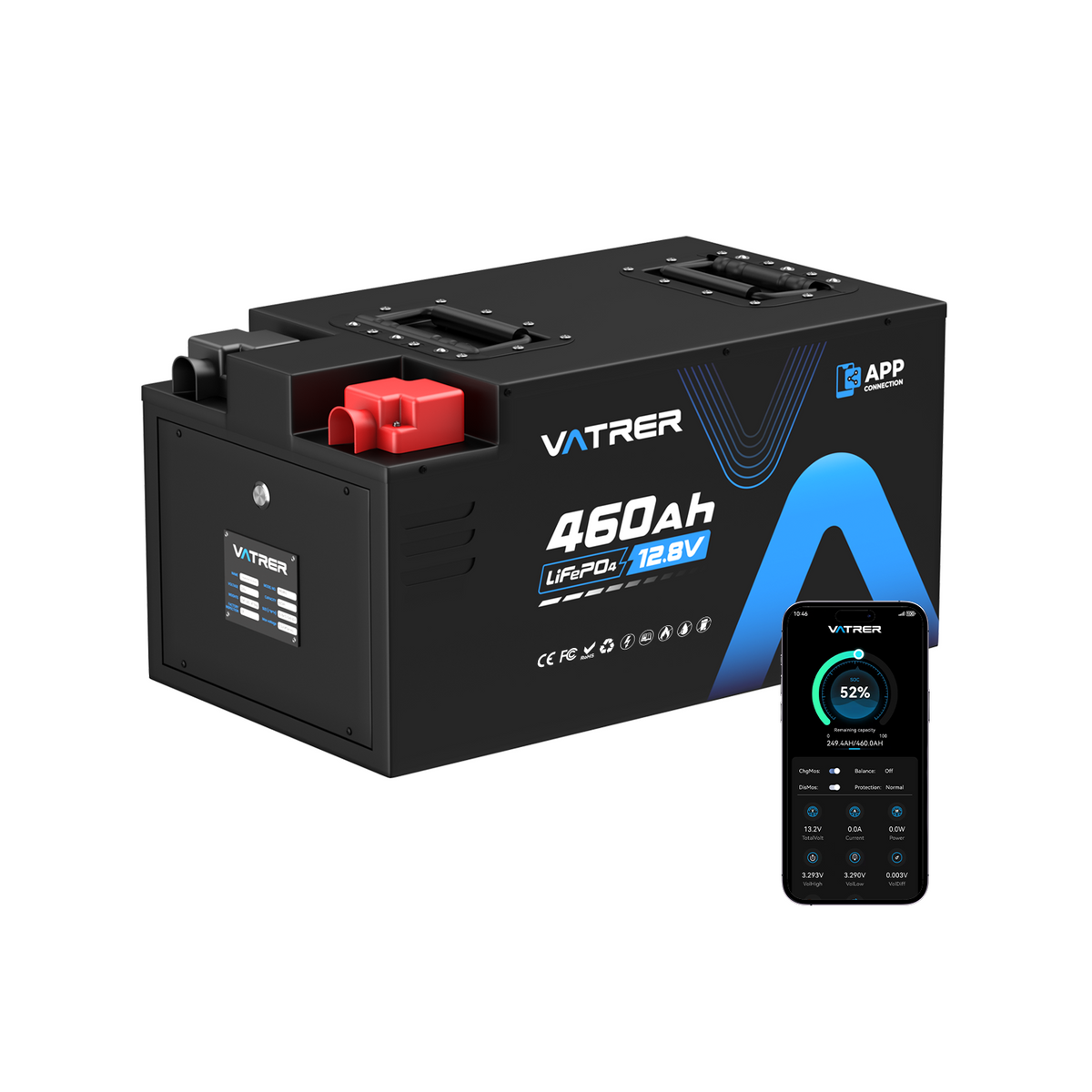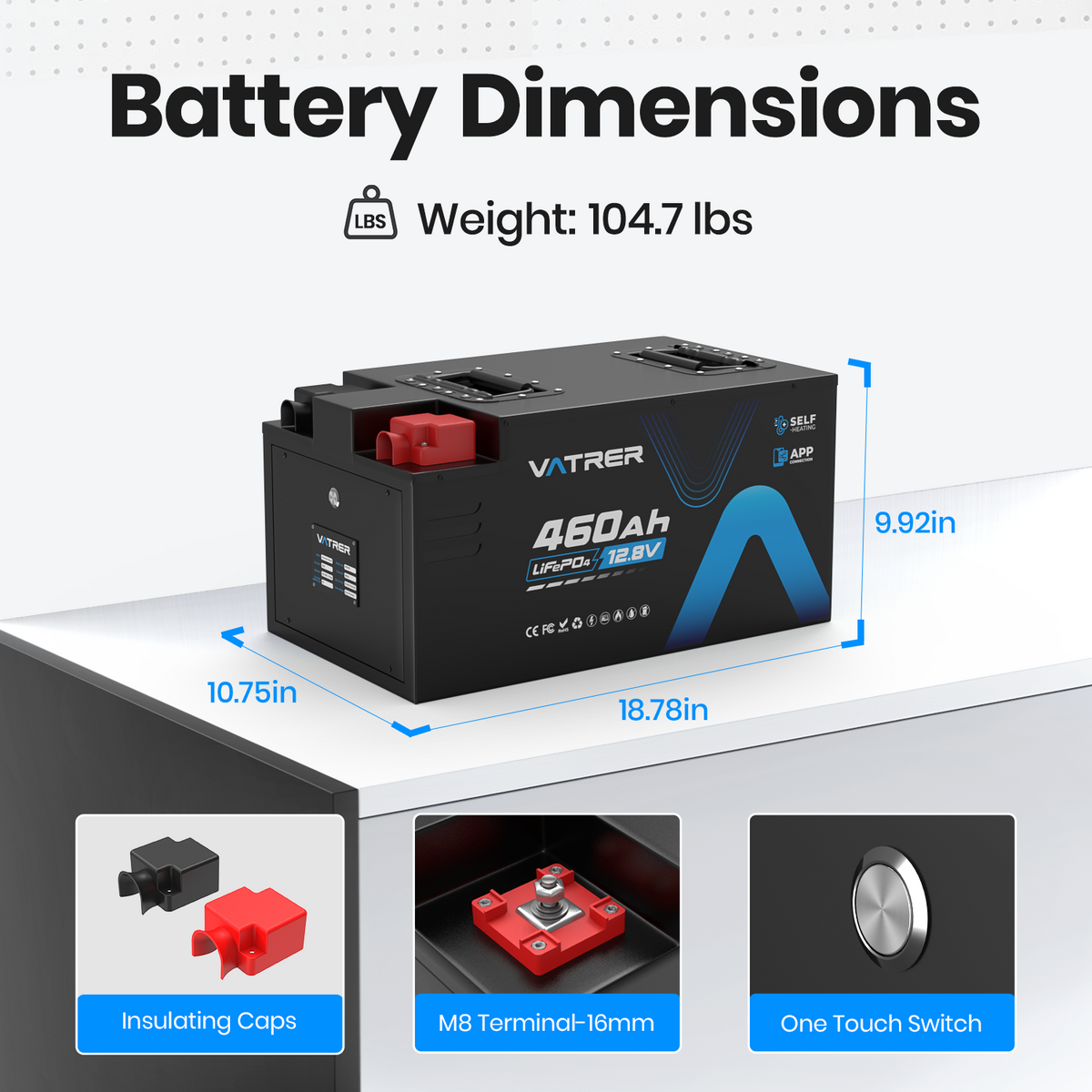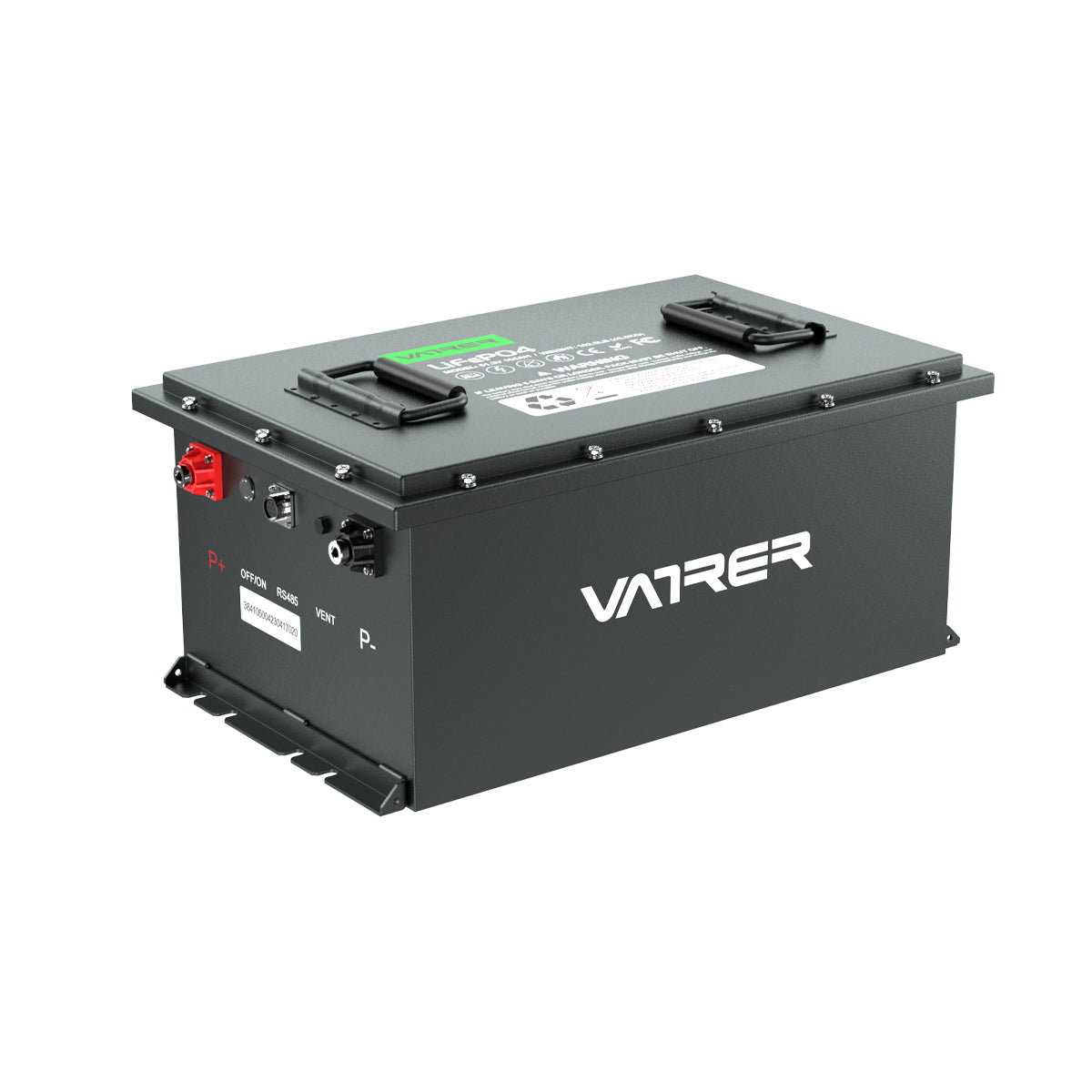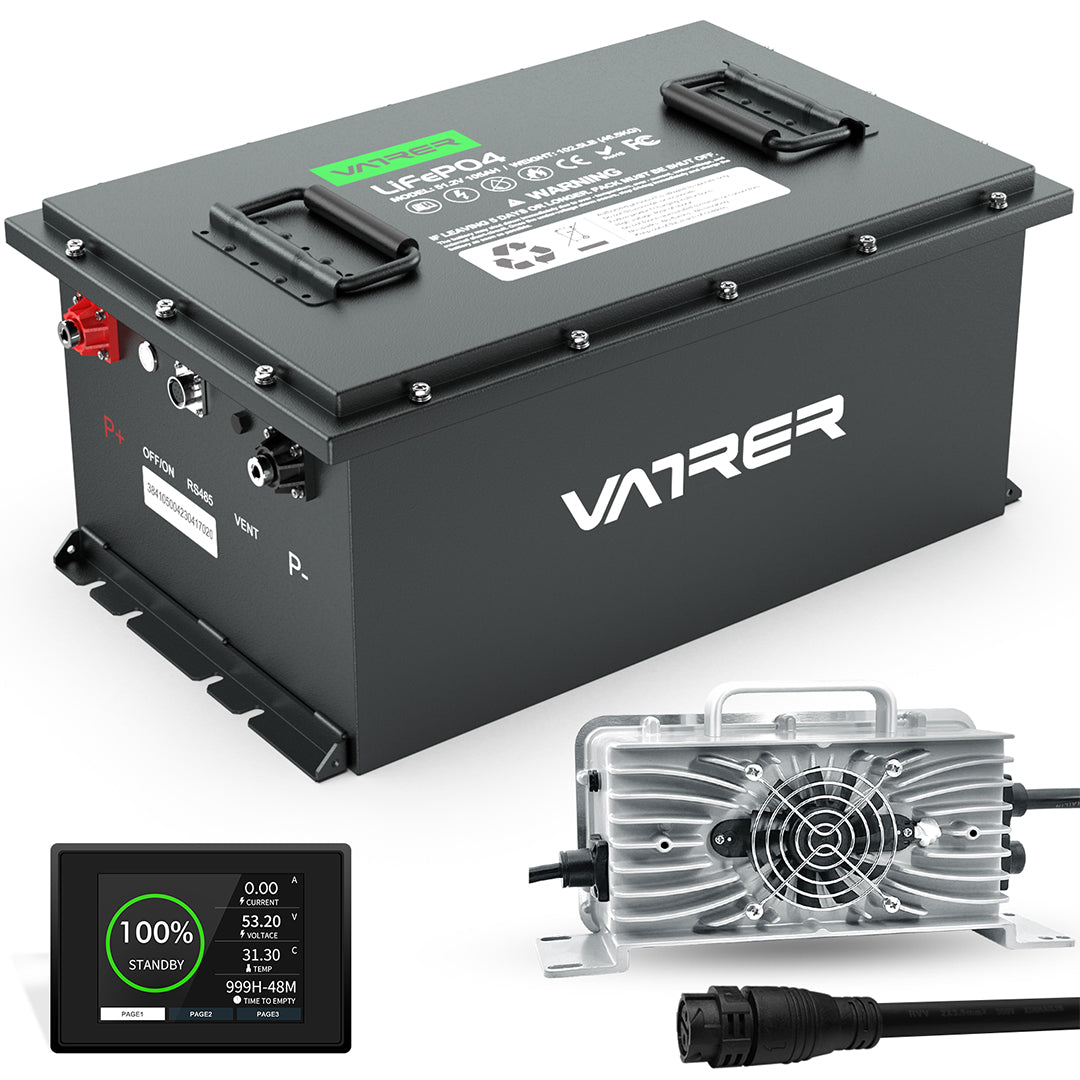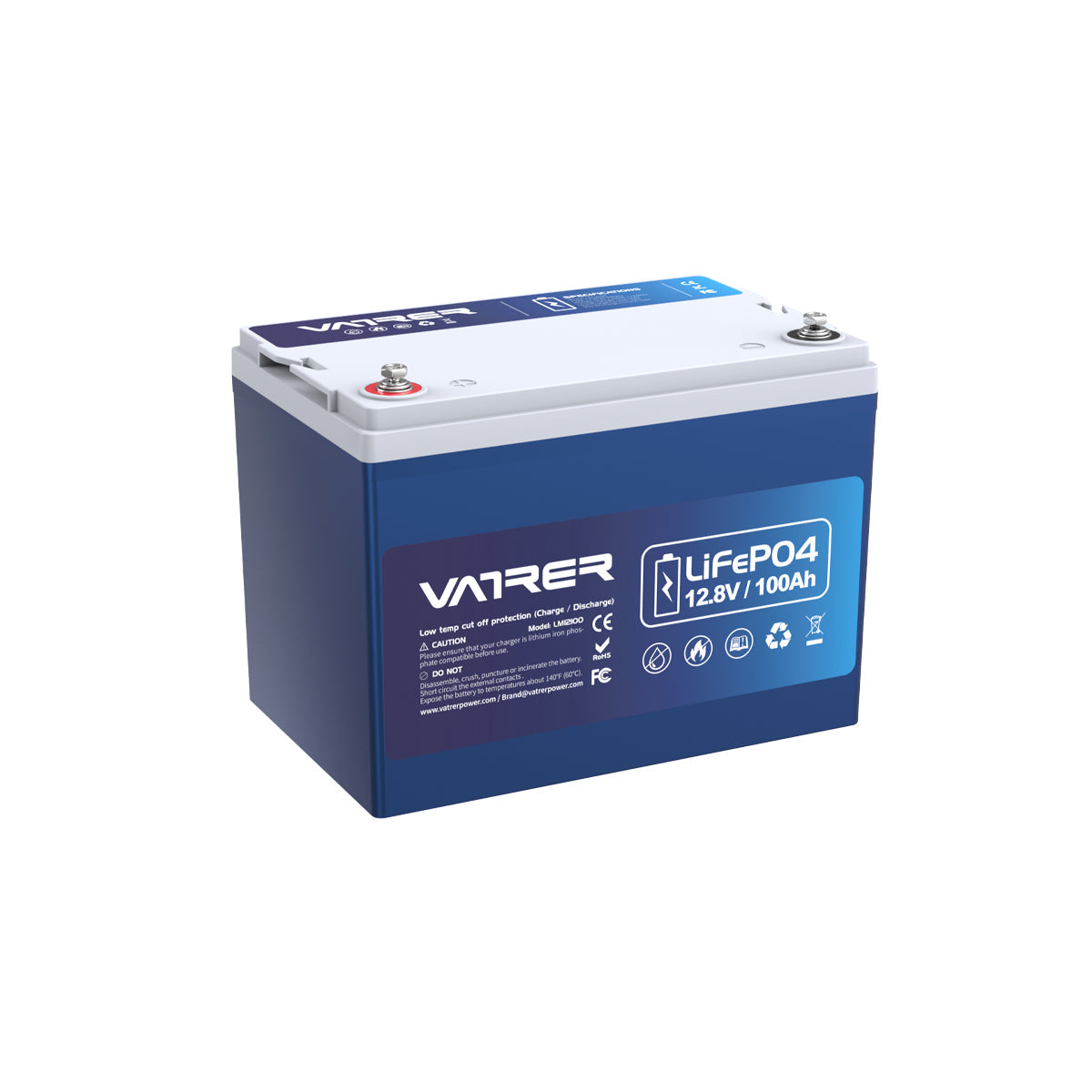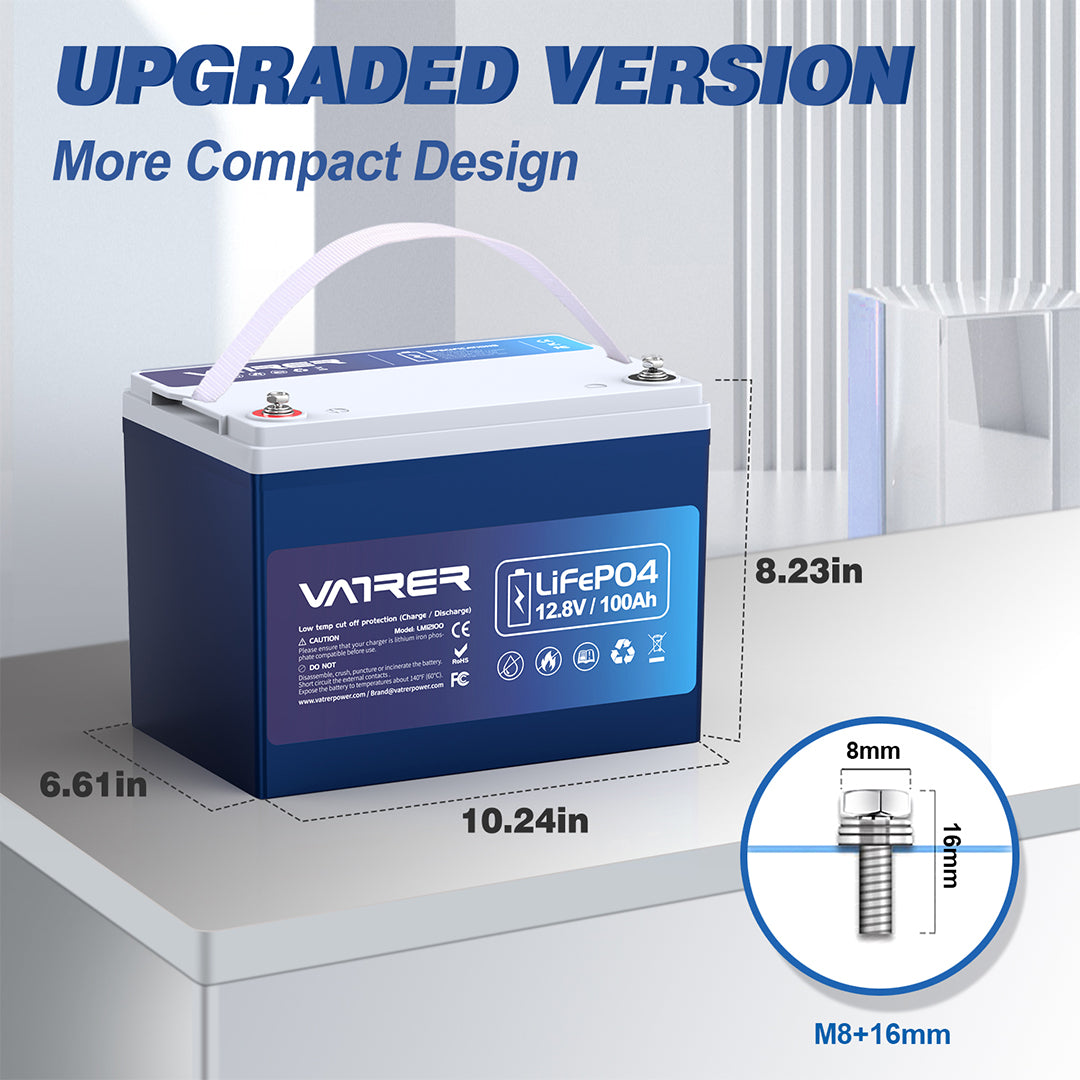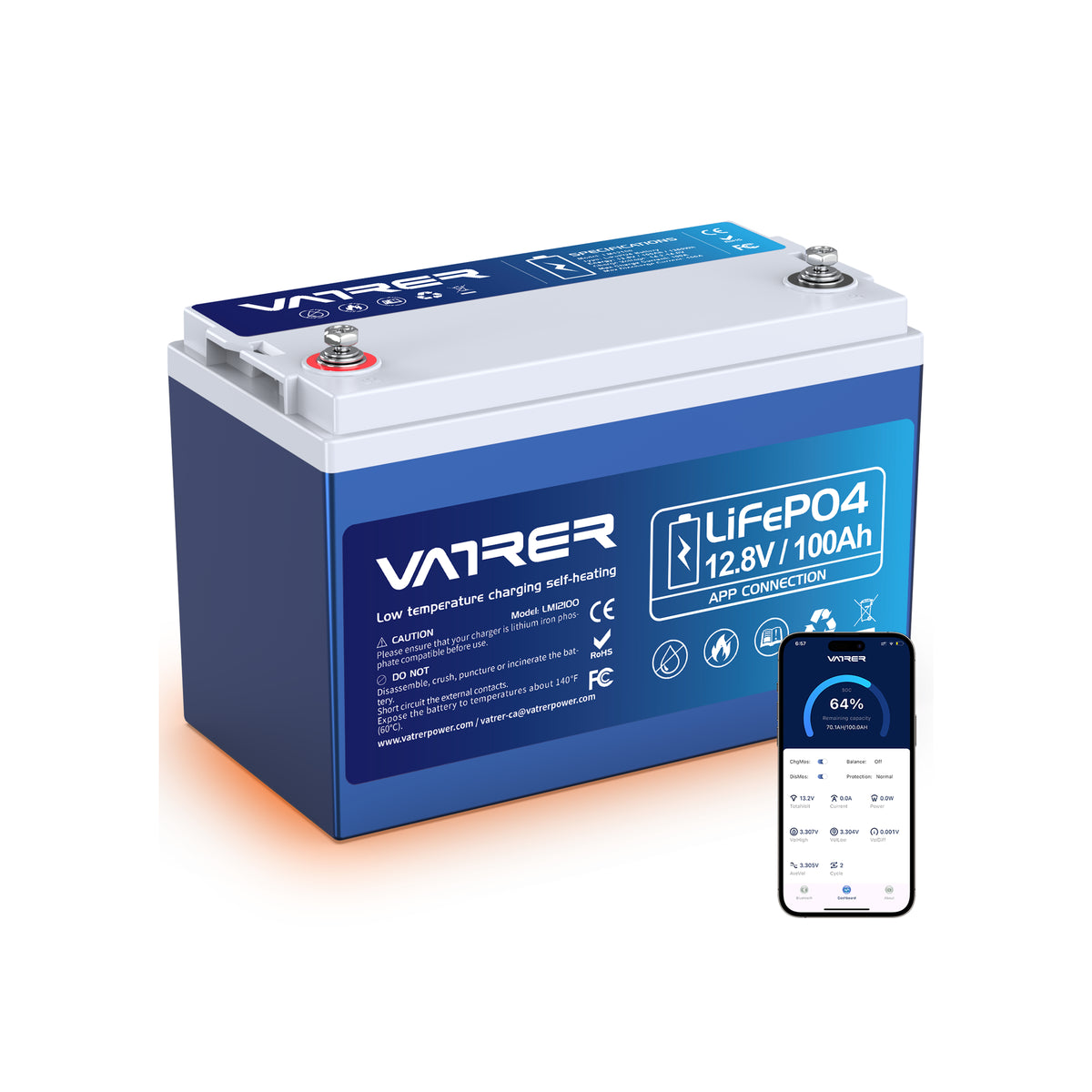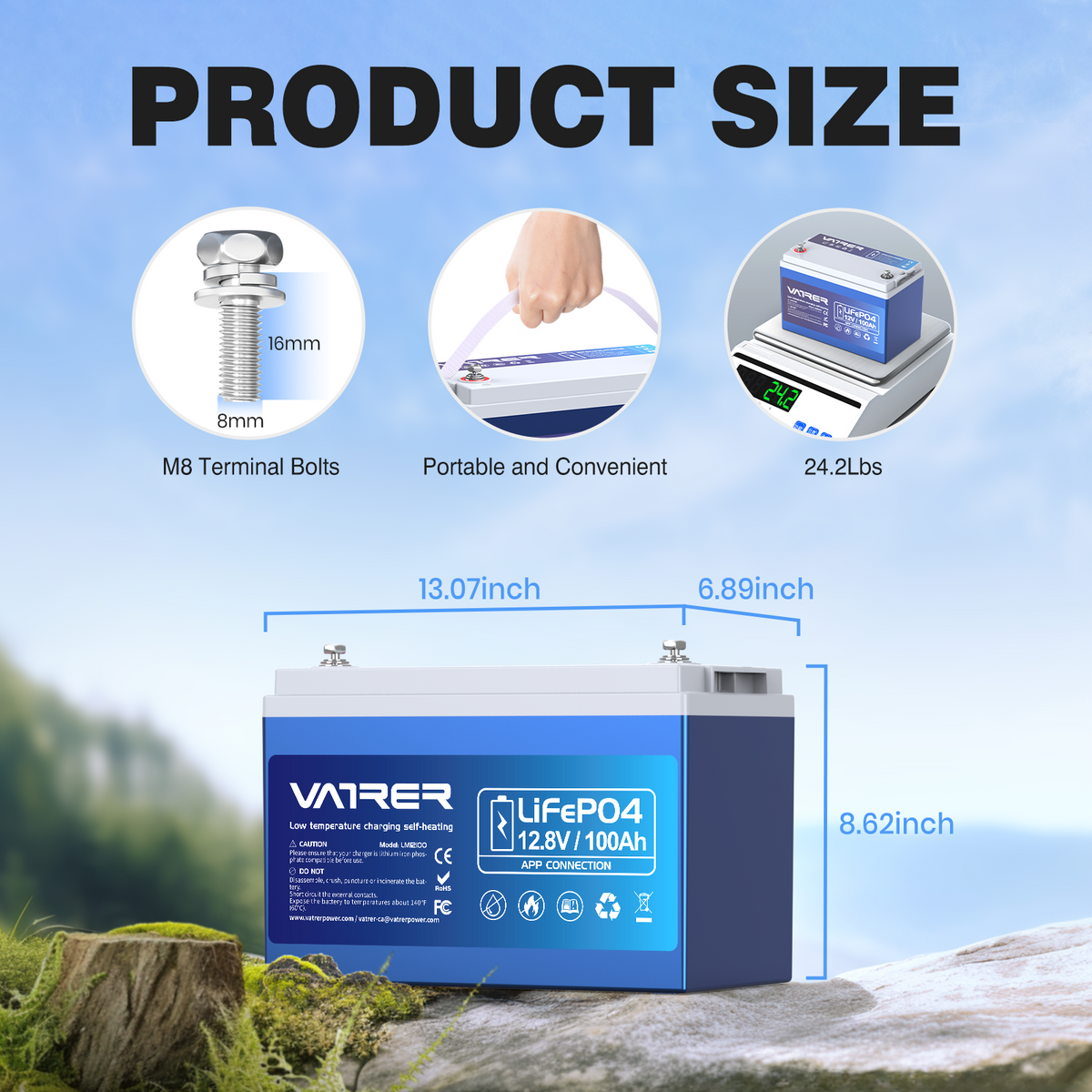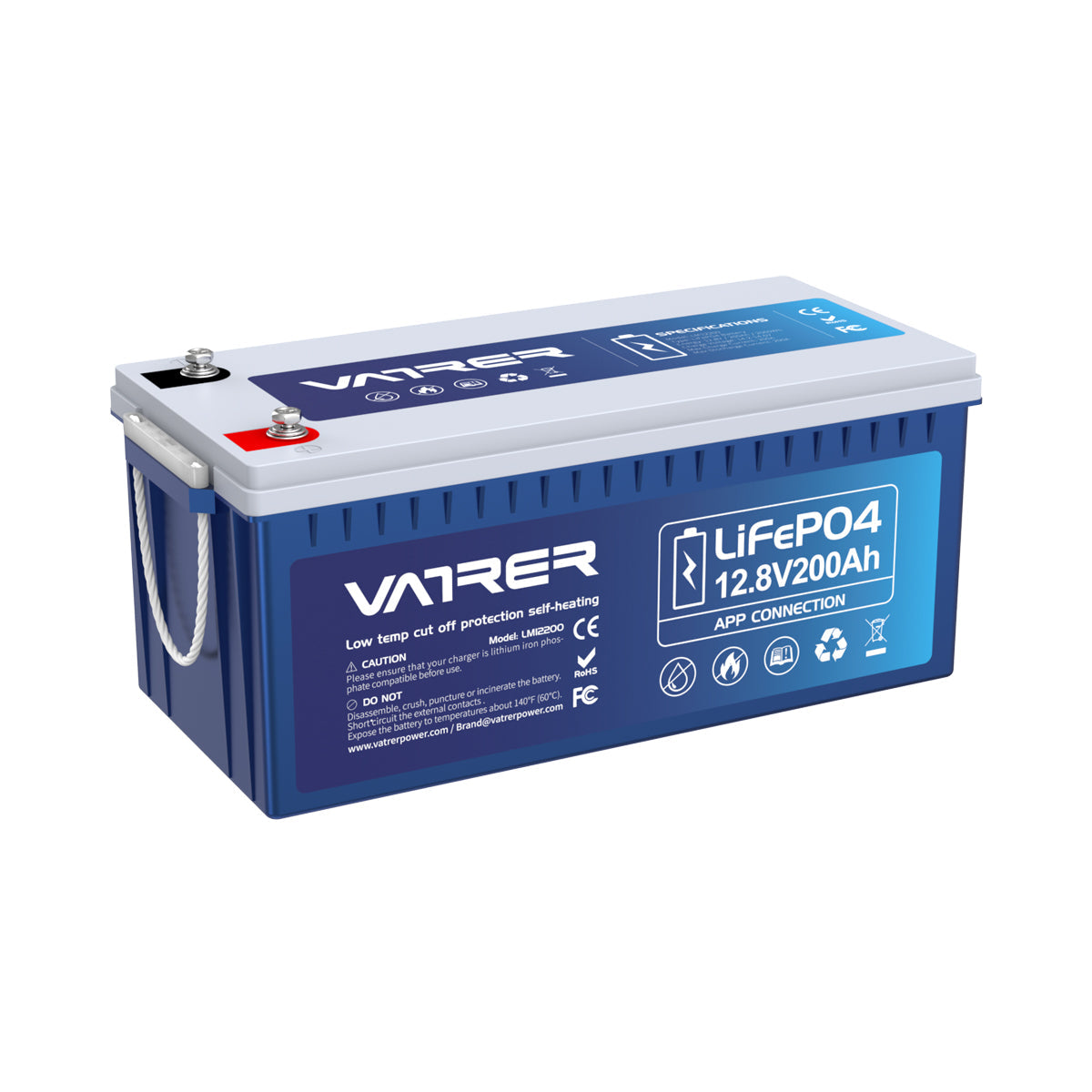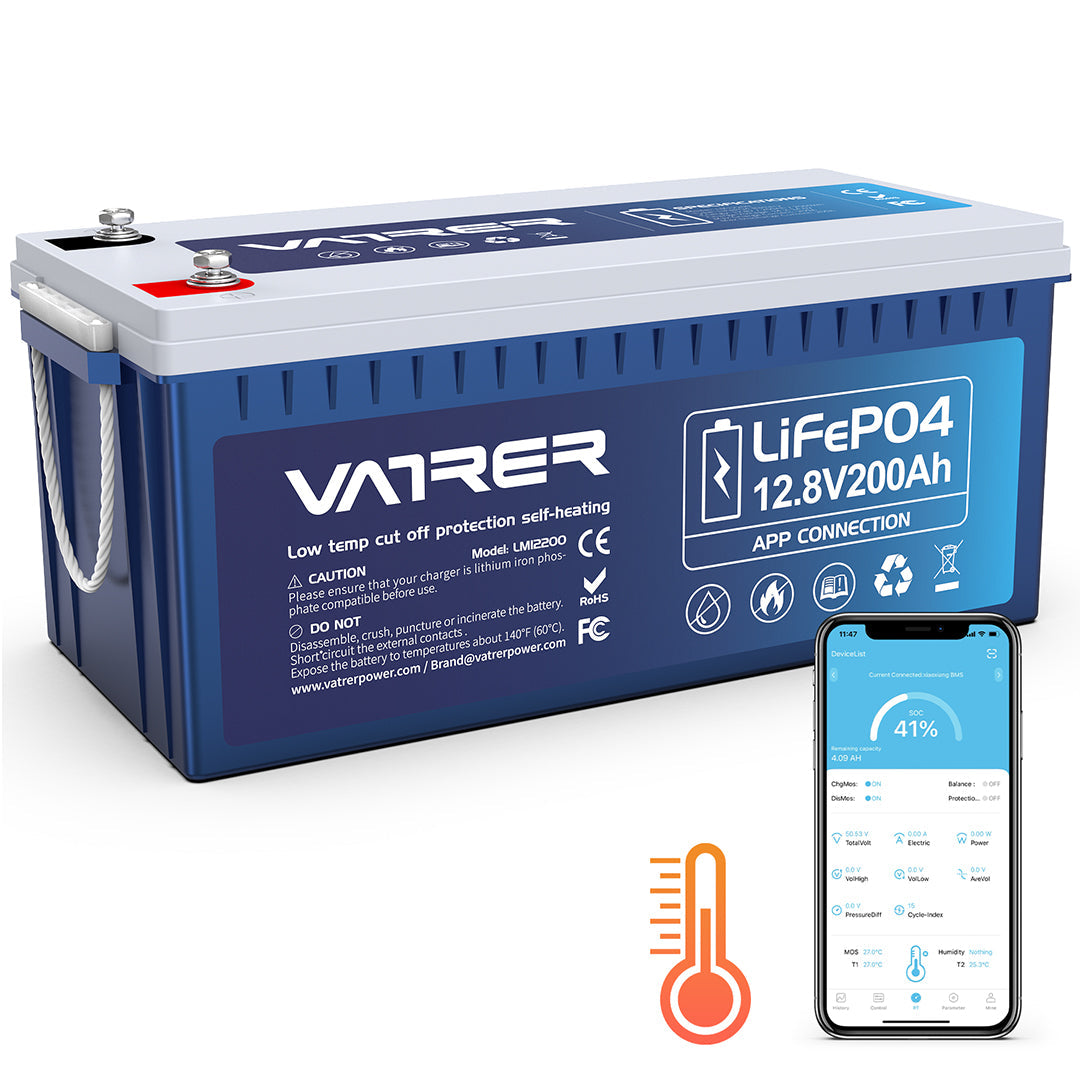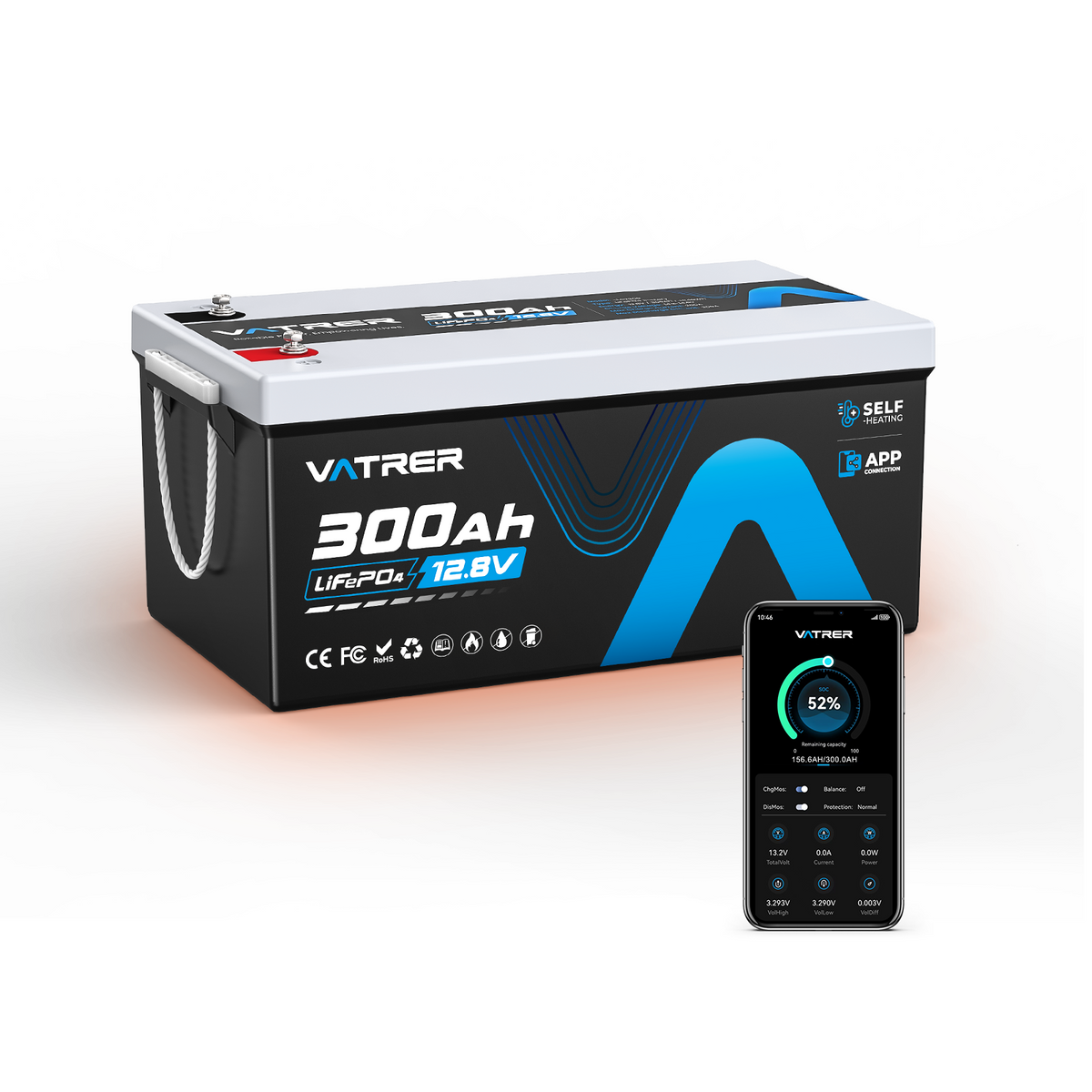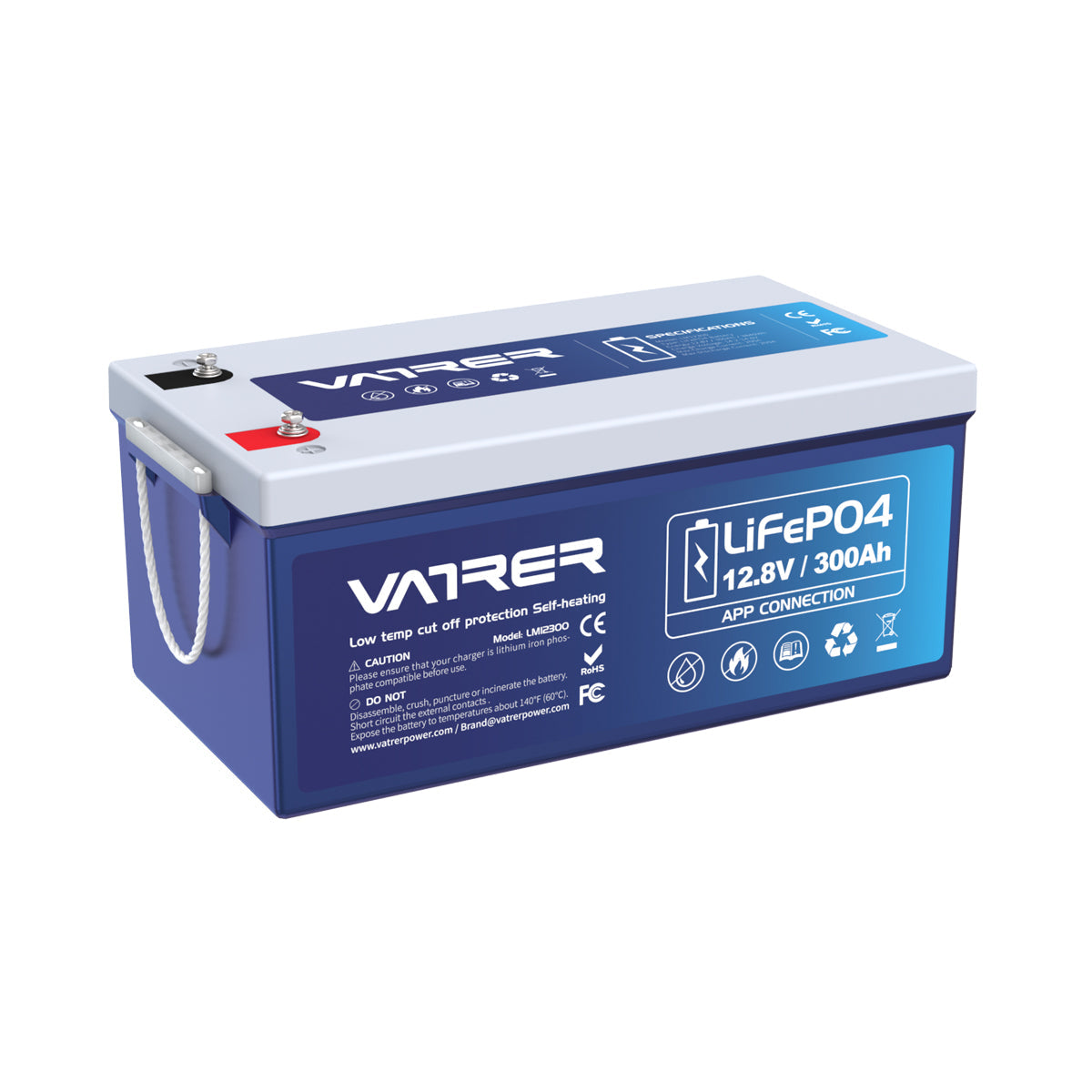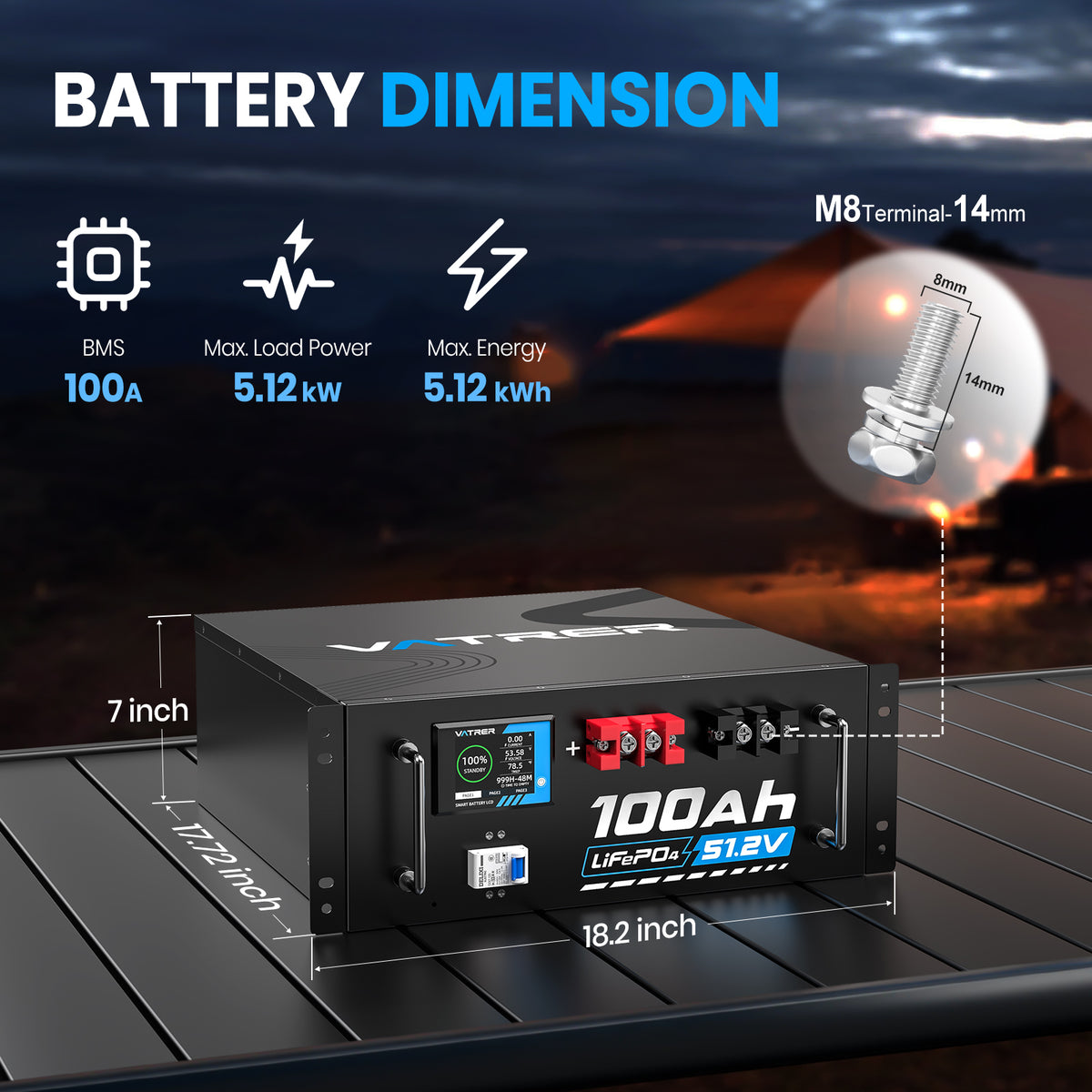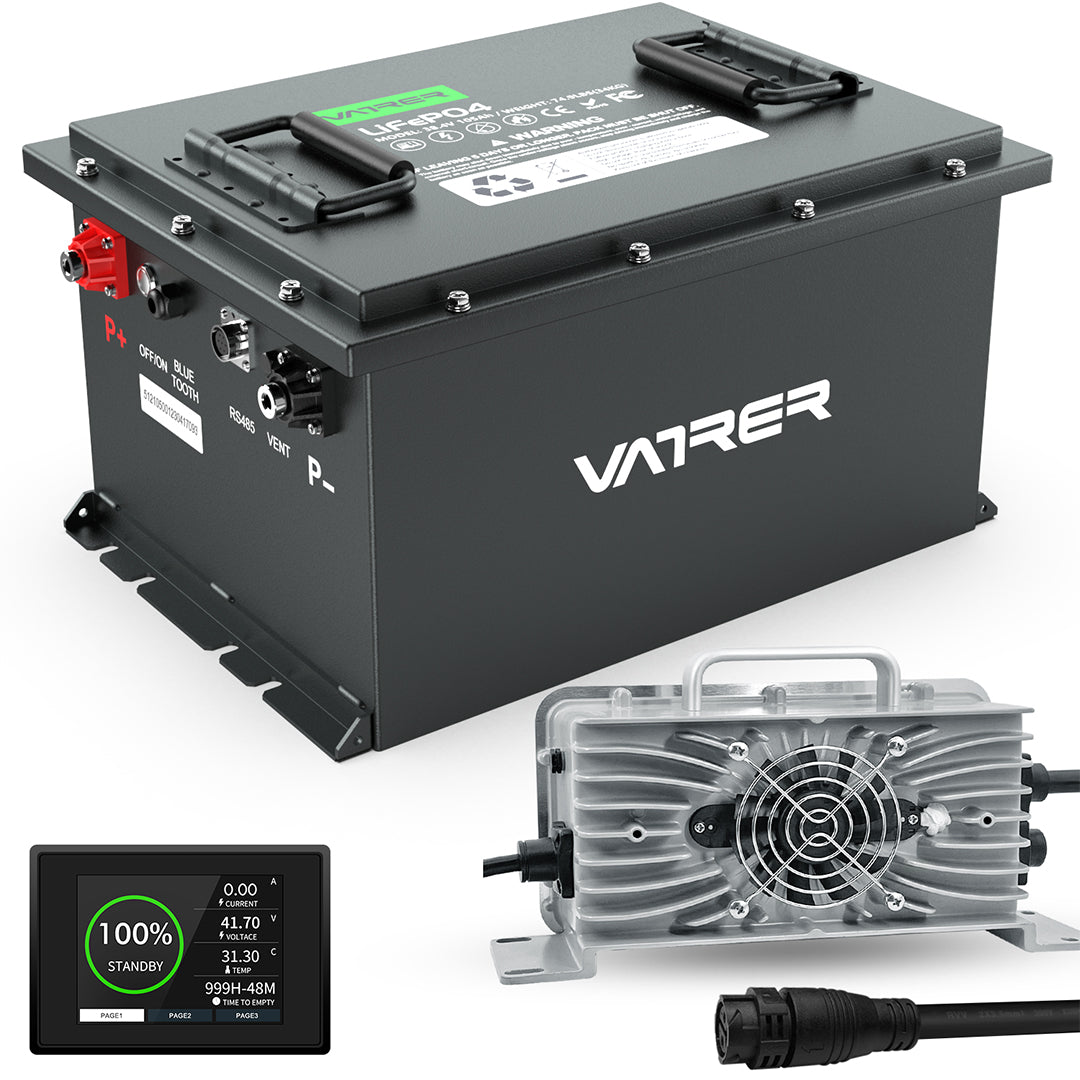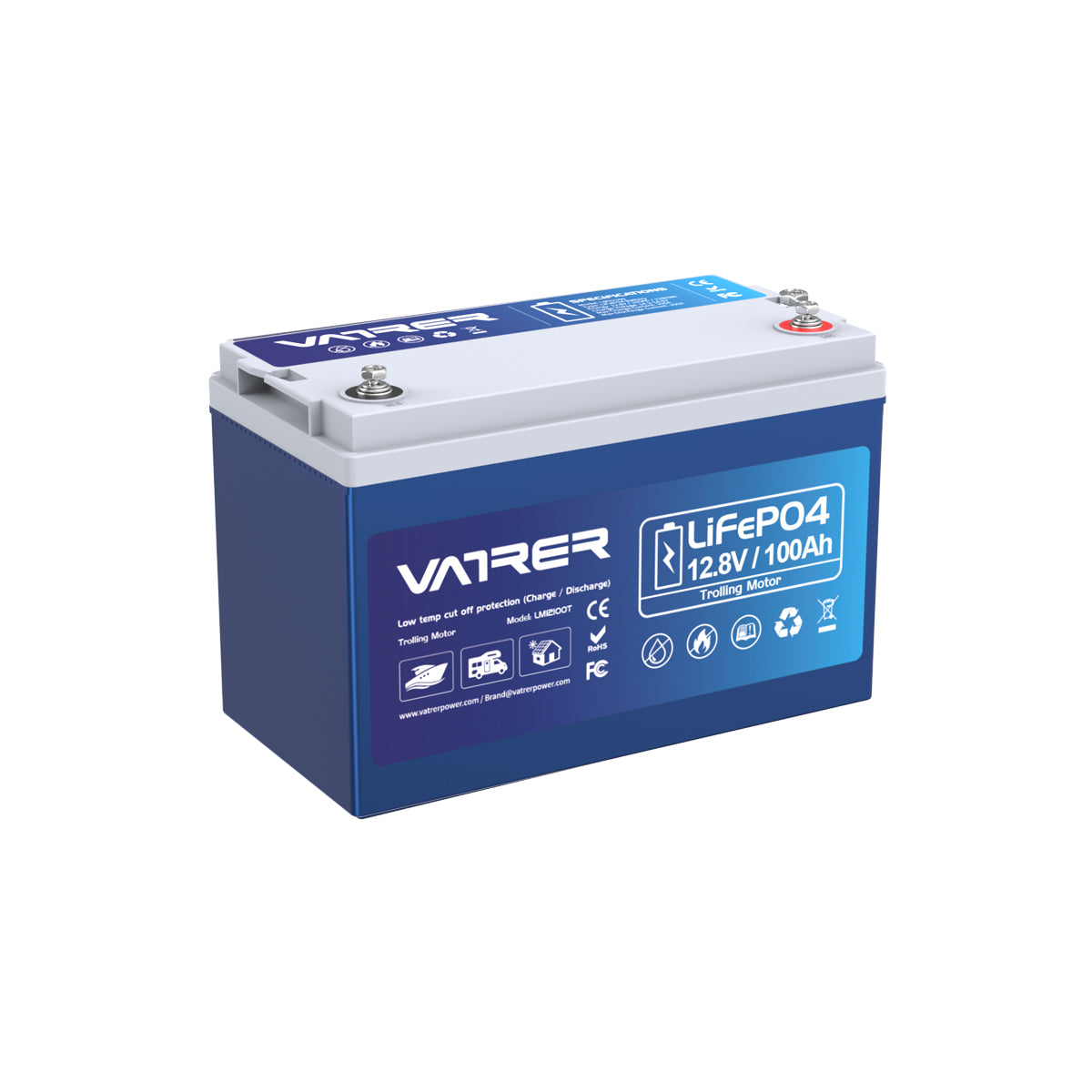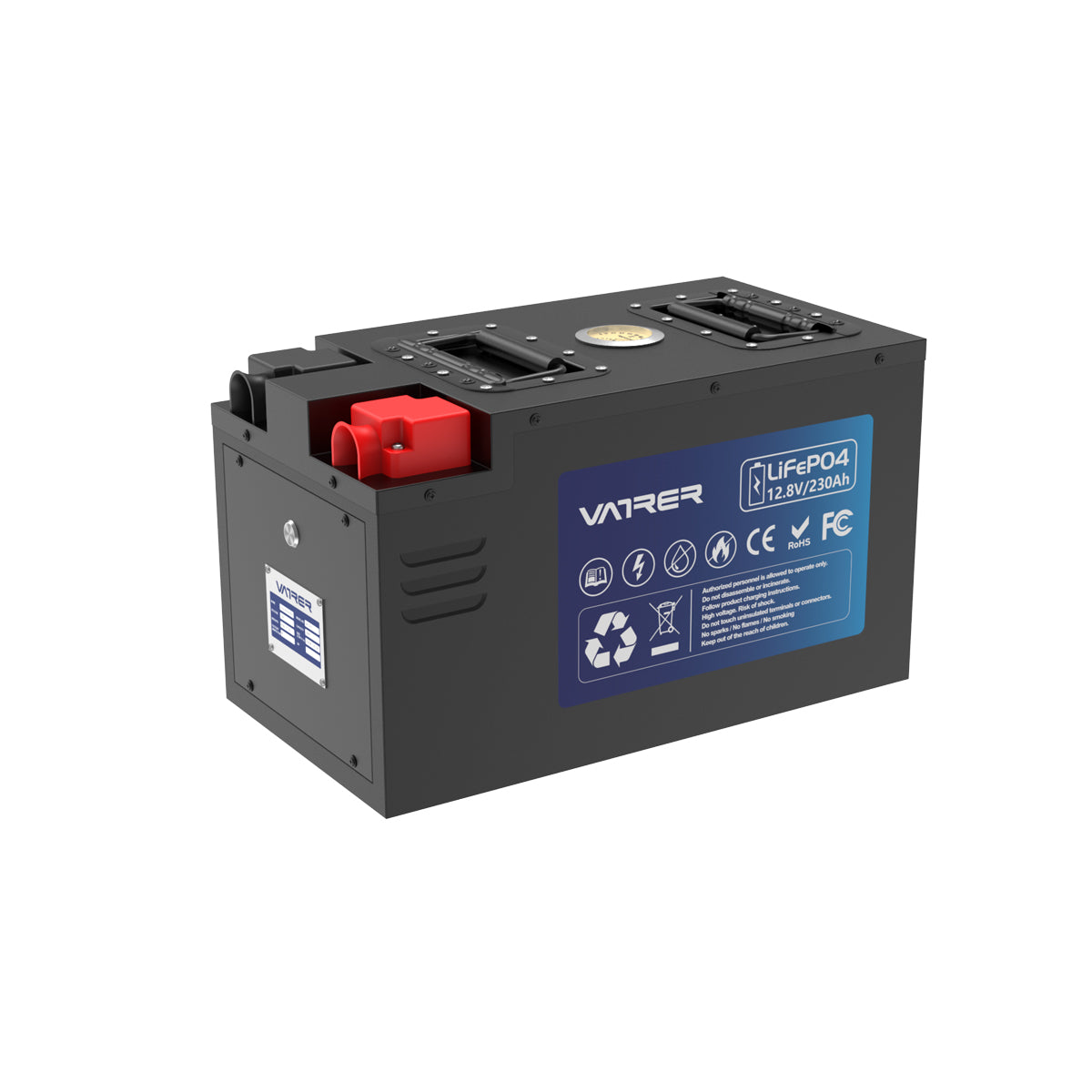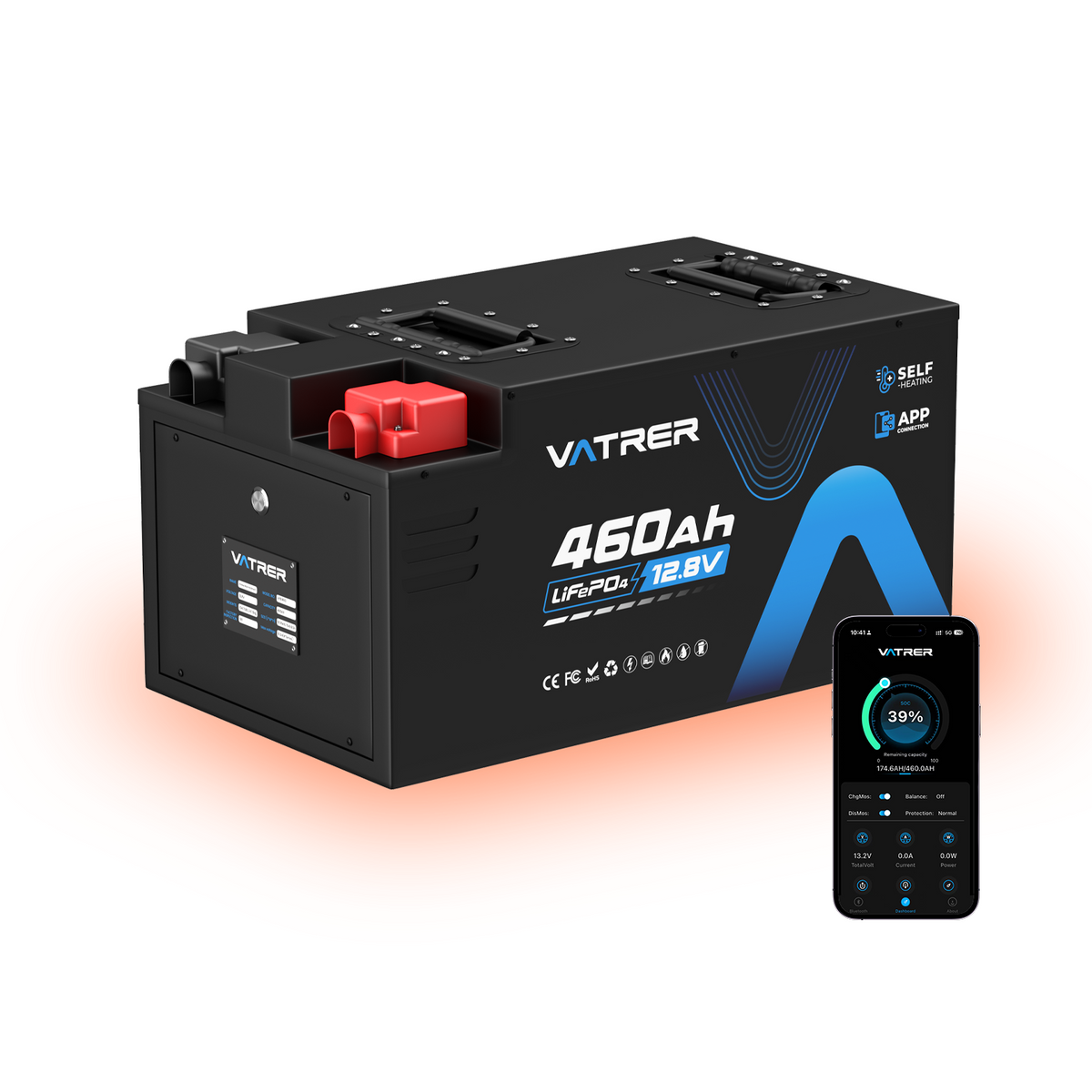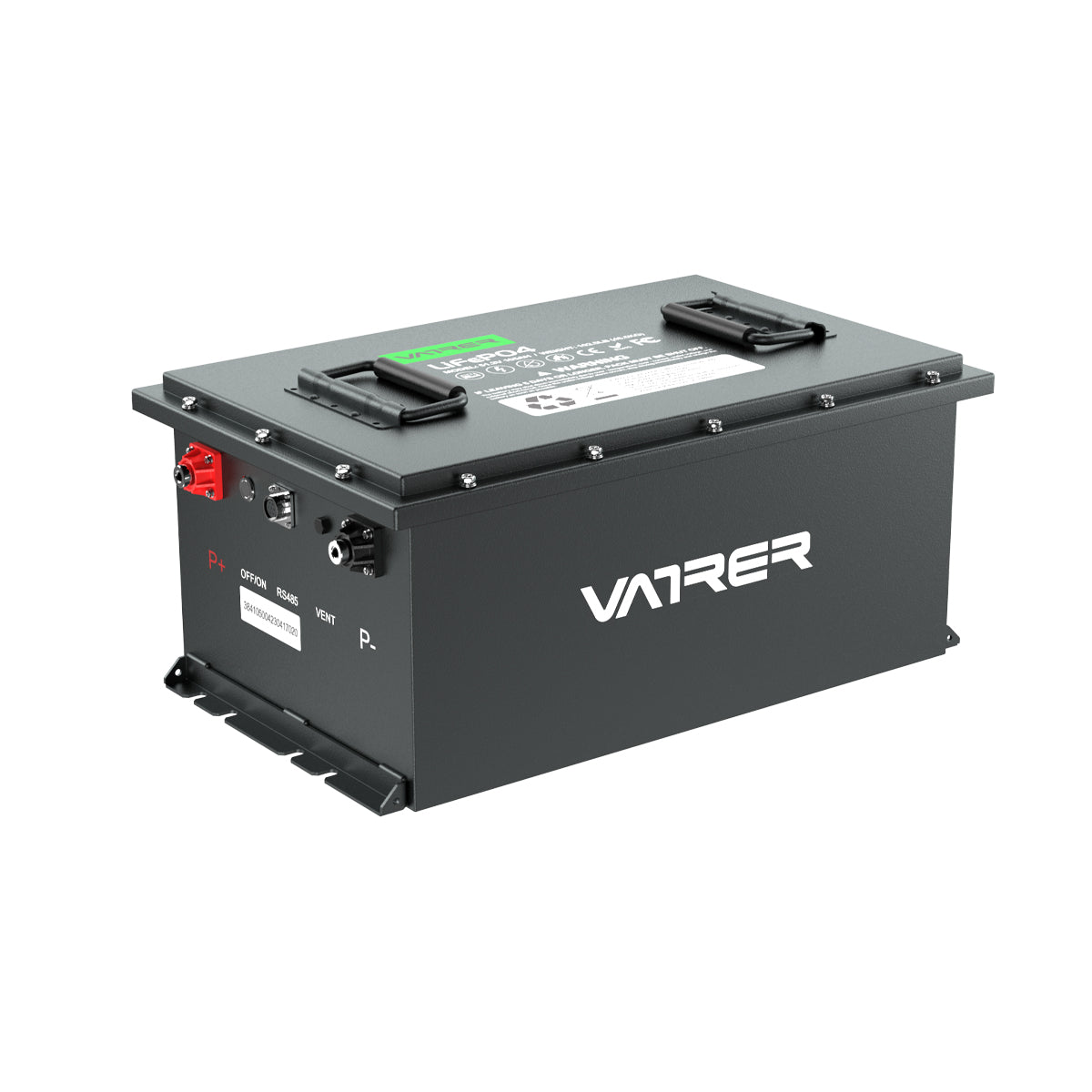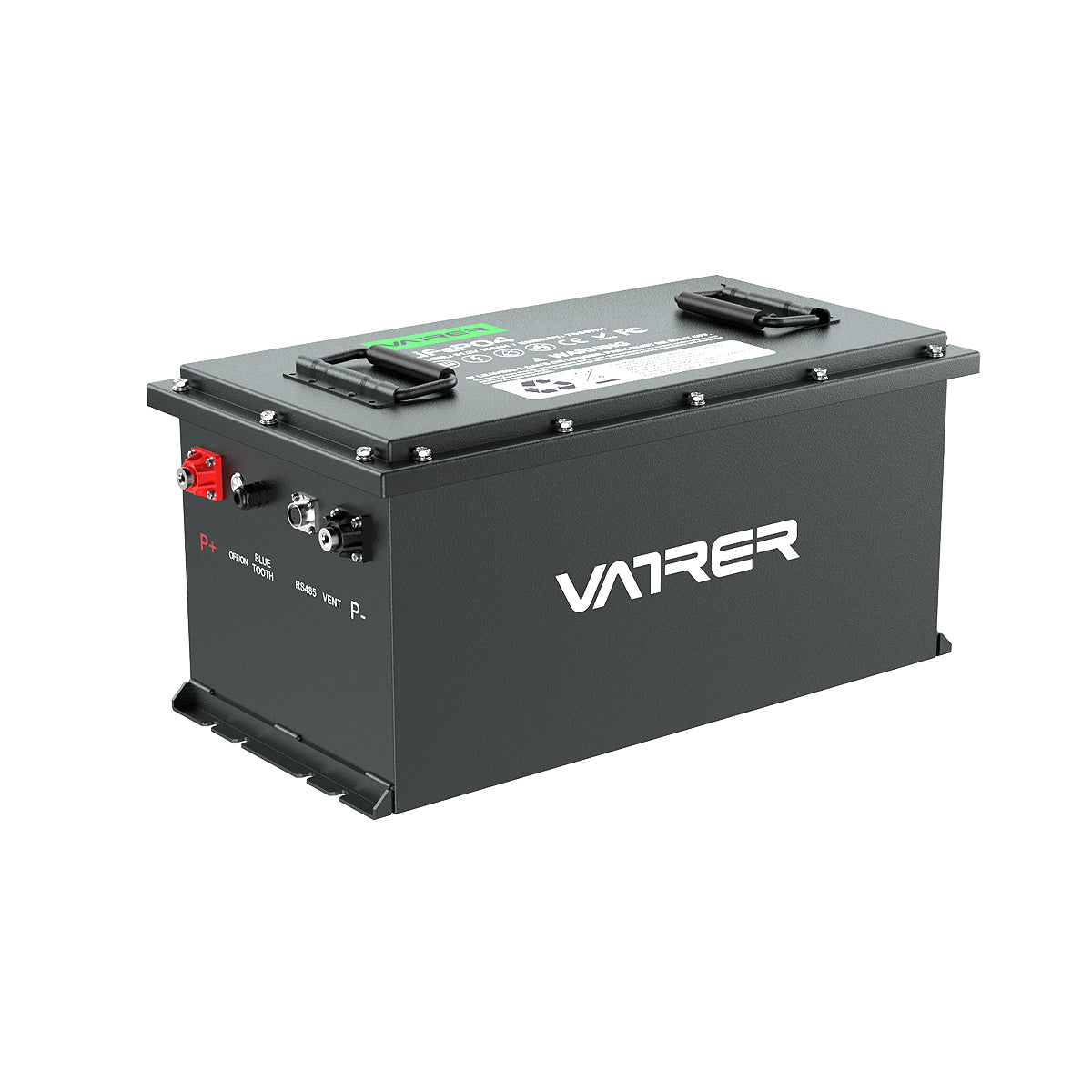Table of Contents
- 1. Introduction
- 2. Characteristics of LiFePO4 Batteries
- 3. Charging LiFePO4 Batteries
- Recommended Charging Practices
- Role of Battery Management Systems
- Impact of Overcharging and Undercharging
- 4. Safety Considerations
- Built-in Safety Mechanisms
- Risks Associated with Improper Charging
- Long-term Effects on Battery Lifespan
- 5. Practical Implications
- 6. Conclusion
1. Introduction
Overview of LiFePO4 Batteries
Lithium iron phosphate (LiFePO4) batteries are a type of lithium-ion battery that have gained popularity due to their high safety standards, long cycle life, and stable chemical structure. Unlike traditional lithium-ion batteries, which use cobalt oxide as the cathode material, LiFePO4 batteries utilize iron phosphate, offering a more stable and less hazardous alternative. These batteries are commonly used in applications ranging from electric vehicles to renewable energy storage systems.
Importance of Understanding Charging Practices
Proper charging practices are crucial for maintaining the performance and longevity of any battery. For LiFePO4 batteries, understanding the nuances of charging can prevent potential safety hazards and ensure optimal functionality. This paper explores whether it is safe to leave a LiFePO4 battery on the charger, examining the characteristics of these batteries, recommended charging practices, and the implications of prolonged charging.

2. Characteristics of LiFePO4 Batteries
Chemical Composition and Structure
LiFePO4 batteries are composed of a lithium iron phosphate cathode, a graphite anode, and an electrolyte that facilitates the movement of lithium ions between the electrodes. The olivine structure of the cathode material provides thermal stability and resistance to overcharging, making these batteries inherently safer than other lithium-ion variants.
Safety Features
One of the defining features of LiFePO4 batteries is their robust safety profile. They are less prone to thermal runaway, a condition where the battery overheats and potentially catches fire. This is due to the strong P-O bond in the phosphate group, which remains stable even at high temperatures. Additionally, LiFePO4 batteries have a lower energy density compared to other lithium-ion batteries, reducing the risk of catastrophic failure.
Comparison with Other Battery Types
Compared to lead-acid and nickel-cadmium batteries, LiFePO4 batteries offer superior cycle life and efficiency. While lead-acid batteries suffer from sulfation and nickel-cadmium batteries from memory effect, LiFePO4 batteries maintain consistent performance over thousands of charge-discharge cycles. Their environmental impact is also lower, as they do not contain toxic heavy metals.
3. Charging LiFePO4 Batteries
Recommended Charging Practices
LiFePO4 batteries should be charged using a charger specifically designed for their chemistry. These chargers typically have a constant current/constant voltage (CC/CV) charging profile, which ensures the battery is charged safely and efficiently. It is recommended to charge LiFePO4 batteries at a moderate rate, avoiding extreme temperatures that could affect performance.
Role of Battery Management Systems
Battery management systems (BMS) play a critical role in the safe charging of LiFePO4 batteries. A BMS monitors the state of charge, temperature, and voltage of each cell, preventing overcharging and undercharging. It also balances the cells to ensure uniform performance, extending the battery's lifespan.
Impact of Overcharging and Undercharging
While LiFePO4 batteries are resistant to overcharging, consistently exceeding the recommended voltage can still degrade the battery over time. Undercharging, on the other hand, can lead to sulfation and reduced capacity. Therefore, maintaining the battery within its optimal voltage range is essential for longevity.
4. Safety Considerations
Built-in Safety Mechanisms
LiFePO4 batteries are equipped with several safety mechanisms, including pressure relief valves and thermal fuses. These features prevent excessive pressure buildup and disconnect the battery in case of overheating, respectively. The inherent stability of the LiFePO4 chemistry further enhances safety.
Risks Associated with Improper Charging
Improper charging, such as using an incompatible charger or exposing the battery to extreme temperatures, can pose risks. Although LiFePO4 batteries are less likely to catch fire, improper charging can still lead to reduced performance and lifespan. It is crucial to follow manufacturer guidelines to mitigate these risks.
Long-term Effects on Battery Lifespan
Leaving a LiFePO4 battery on the charger for extended periods is generally safe due to the battery's resistance to overcharging. However, it is important to ensure that the charger has an automatic cutoff feature to prevent unnecessary stress on the battery. Over time, even minor overcharging can contribute to capacity loss.
5. Practical Implications
Use Cases for Leaving Batteries on the Charger
In applications where continuous power availability is critical, such as backup power systems, leaving LiFePO4 batteries on the charger can be beneficial. The battery remains fully charged and ready for use, minimizing downtime. However, it is essential to use a charger with a float mode to maintain the battery at full charge without overcharging.
Manufacturer Guidelines and Recommendations
Manufacturers typically provide specific guidelines for charging LiFePO4 batteries. These include recommended voltage and current limits, as well as environmental conditions for charging. Adhering to these guidelines ensures safe and efficient charging, maximizing the battery's lifespan.
6. Conclusion
Summary of Findings
LiFePO4 batteries are designed with safety and longevity in mind, making them suitable for a wide range of applications. Their resistance to overcharging and thermal stability allows them to be left on the charger without significant risk. However, it is crucial to use appropriate chargers and follow manufacturer recommendations to prevent potential issues.
Best Practices for Users
Users should invest in a quality charger with a BMS and automatic cutoff feature to ensure safe charging. Regularly monitoring the battery's state of charge and avoiding extreme temperatures will further enhance performance and lifespan.
Future Research Directions
Future research could explore the development of advanced charging algorithms that optimize the charging process for LiFePO4 batteries. Additionally, investigating the long-term effects of various charging practices on battery health could provide valuable insights for improving battery management systems.
In conclusion, while it is generally safe to leave a LiFePO4 battery on the charger, adhering to best practices and manufacturer guidelines is essential for maintaining safety and performance.





